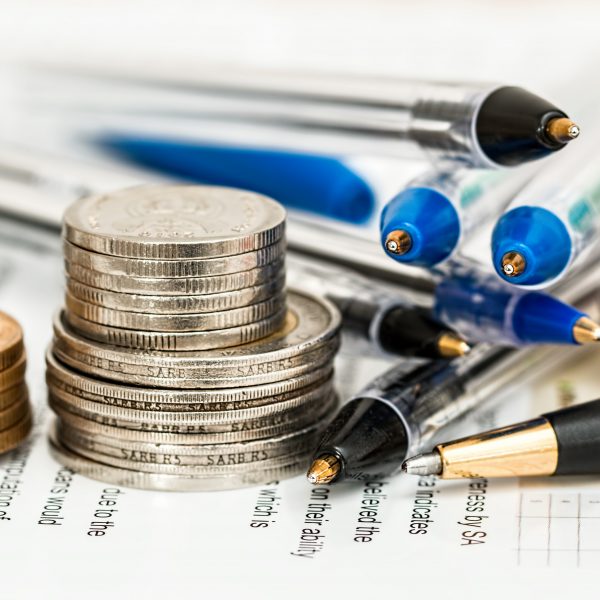When you sell an investment that has increased in value, you will typically be subject to capital gains tax, or CGT. That said, there are certain assets that can be sold CGT-free.
The CGT-free asset par excellence is the home. The concept of the home as a CGT free investment (and as a Centrelink free investment) is central to Australian financial planning theory.
In early 2016 the median Sydney housing price had moved above $1,000,000 and the median Melbourne housing price had moved above $700,000. Some other cities have not done so well, and Perth home values have dropped in recent years.
However, over the last 20 years Australian property has averaged more than 10% return a year, including both rents and capital gains. The rate of return is even more when gearing is involved.
This means most Australians are living in tax-free investment machines.
If you are in the 45% tax bracket, you own a $1,000,000 property and it goes up in value by 10%, or $100,000, that’s the equivalent of earning an extra $185,000 a year in pre-tax salary. Nice work if you can get it. And a great reason why you should own as much home as the bank will lend you, and encourage your family to do the same.
The main reason for the continued good performance of residential property is the fundamental strength of the Australian economy. Much of this strength derives from population increases caused by immigration: in 2014-2015, almost 30% of Australians were born overseas. Sustained record low interest rates have pushed the cart along nicely. And there is no doubt the homes’ CGT free status has added to demand too.
The Australian obsession with home ownership is likely to continue. It makes sense to invest heavily in the home. We strongly encourage home ownership strategies, and their close cousin, debt management strategies, for most of our clients. And it is not just homes for clients, either, but also home for the children and even the grandchildren of our clients.







